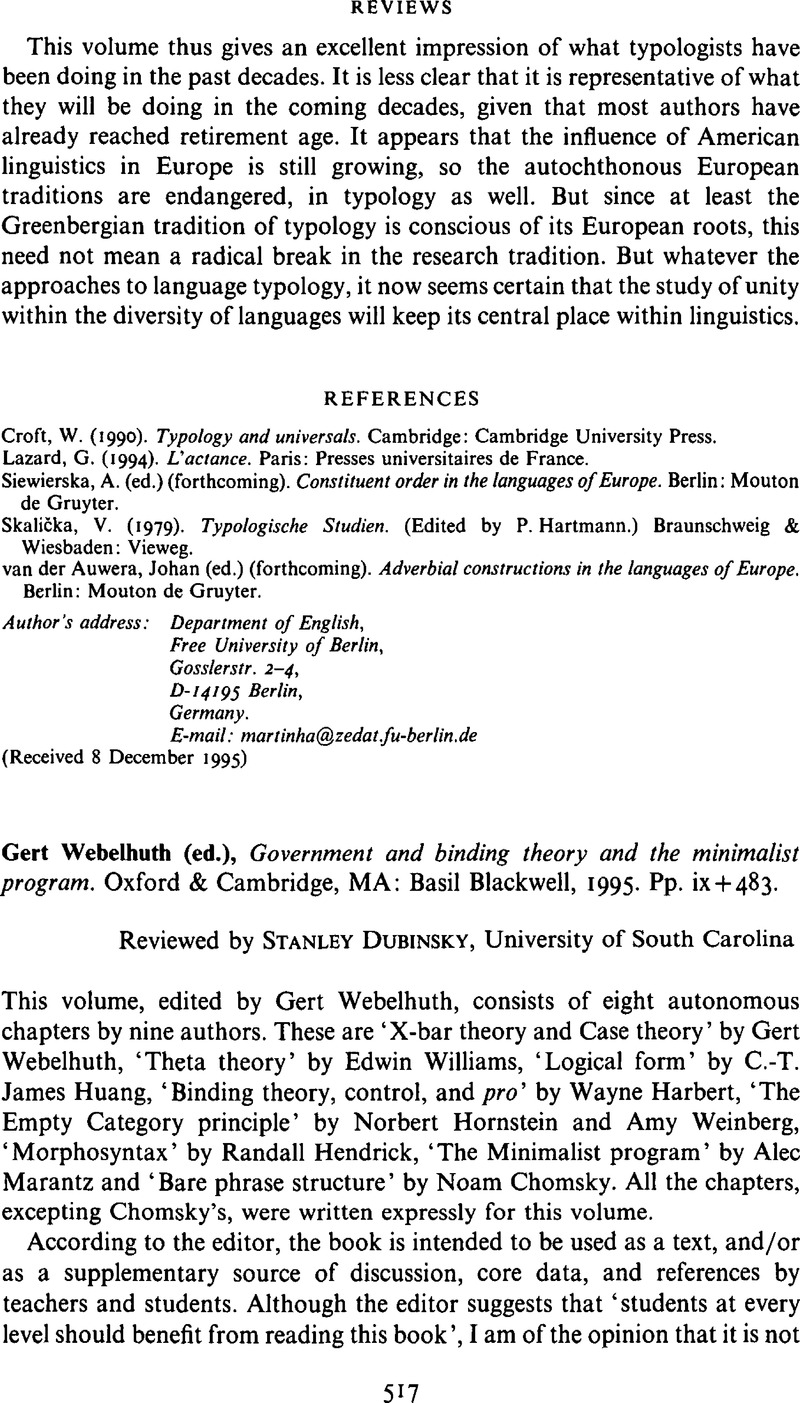Crossref Citations
This article has been cited by the following publications. This list is generated based on data provided by Crossref.
Abu Bakar, Norsofiah
and
Hassan, Hasmidar
2023.
Objek dalam Ayat Transitif Bahasa Melayu: Analisis Program Minimalis.
Jurnal Bahasa,
Vol. 23,
Issue. 1,
p.
169.





